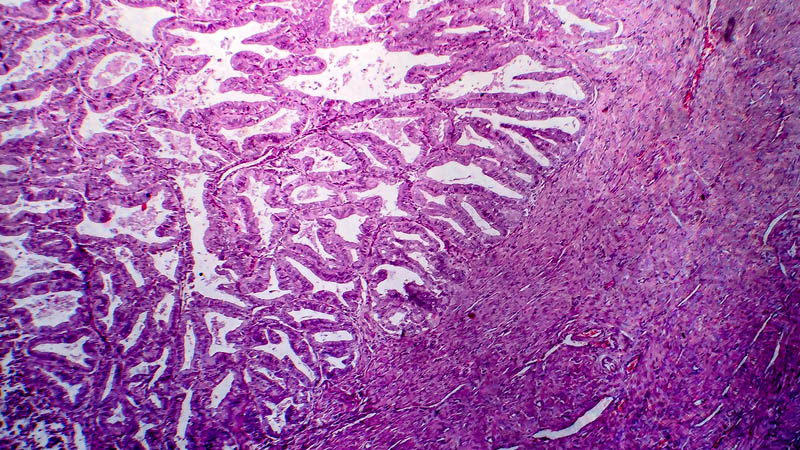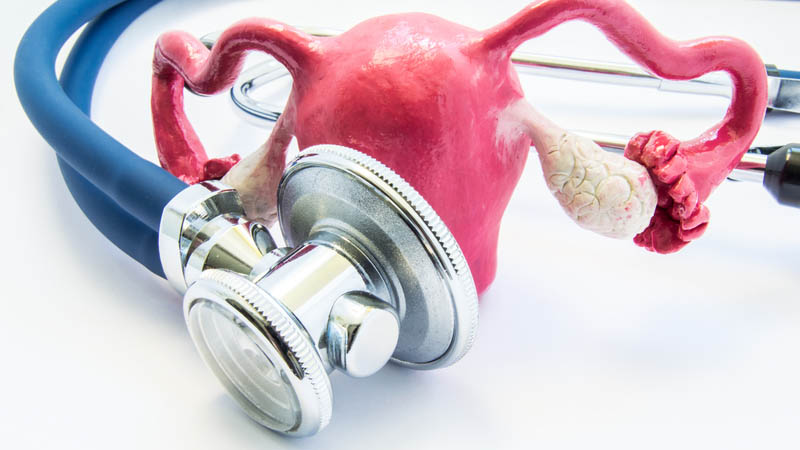The etiology of cancer in historical view
Rudolf Klimek
 Affiliacja i adres do korespondencji
Affiliacja i adres do korespondencjiThe lack of significant progress in combating cancer, is the result of focusing on the molecular biology of cancer, as genetic, chemical, physical and biological factors, without the use of the basic knowledge, mainly the quantum thermodynamics. A lot of oncogenetic theories concern various estimation of the same phenomena, what has created the necessity of their generalization, through the presentation of neoplasm as a self-organizing dissipative structure, dispersing the mass and energy in the host organism as its biological environment. It decides on unique entity of each other. The neoplastic disease is caused by a neoplasm, which is the different, thermodynamically more efficient, biological system (diminishing production of its own entropy), than the host organism tissue, that is originating from. The sufficient condition of the neoplasmatic transformation of the cell in multicellular organism, is the dissipathogenic status of the cell, which organizes into a new dissipative structure, unless it dies! A lot of various, necessary factors are responsible for the critical internal status of the cell, and the response of the cell depends on the combination and time of their act (influence) on the cell. The dissipathogenic status of the cell is the sufficient condition, none of the necessary factors should be analyzed alone, because the status is already determined. The development of neoplasm, even after the elimination of the reasons of its growth, which are necessary factors, is being explained by the presence of sufficient factor (dissipathogenic status of the cell).









